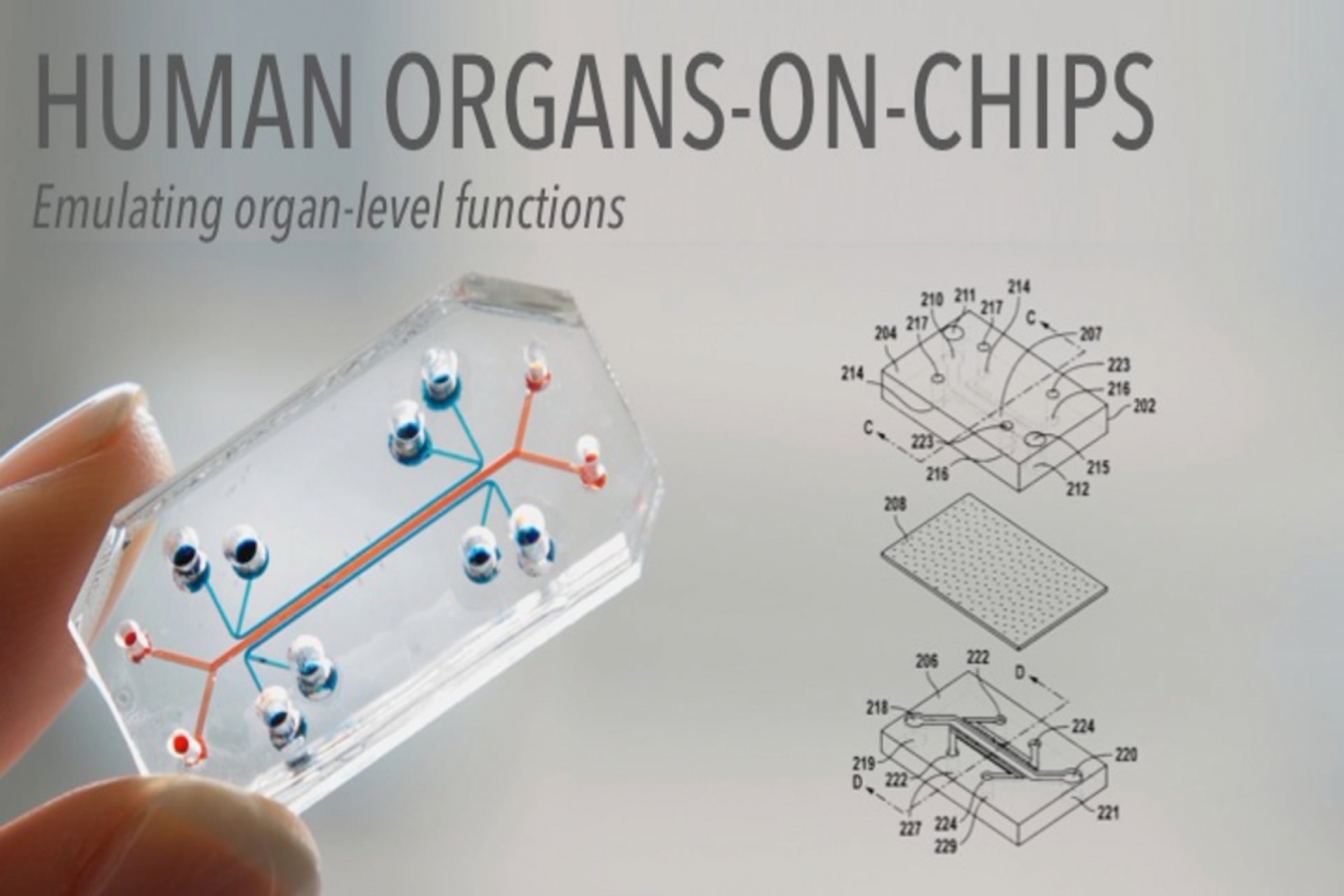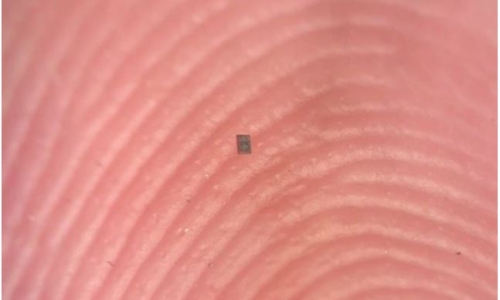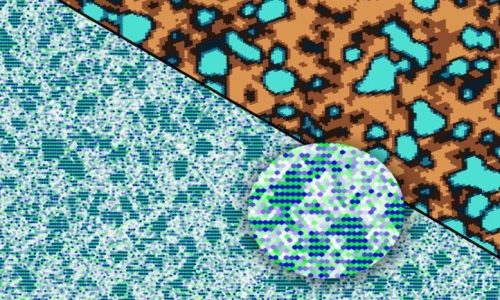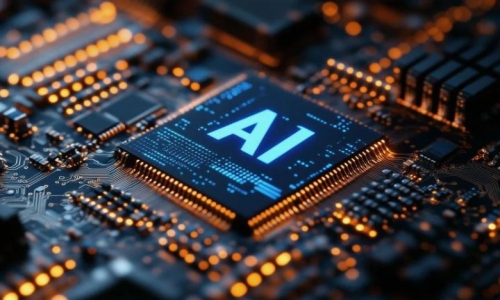


 5:37:57
5:37:57  2019-07-02
2019-07-02  1111
1111

The new technology could eliminate the need for animal testing in many instances and has some profound implications for new cancer treatments.
Researchers are revolutionizing drug and cosmetic testing with a one-of-a-kind “human on a chip” biotechnology.
The product was developed by Hesperos Inc., a Florida biotechnology firm, in collaboration with pharmaceutical giant Roche, the University of Central Florida (UCF), and L’Oréal Research.
Advocates say the new in vitro multi-organ system can more accurately and safely test the toxicity and efficacy of chemicals by simulating the human response.
That would eliminate the need for animal testing in many scenarios.
The potential impact is an overhaul of how we currently test drug treatments for diseases, including common cancers.
Their findings were published this past week in the journal Science Translational Medicine.
How ‘human on a chip’ works
Scientists are using human cells generally sourced from induced pluripotent stem cells.
With them, scientists are building different organ components and connecting them on a single transparent chip, emulating how these organs connect in the body.
They “treat each compartment as a chemical reactor, absorber, or what’s called a ‘holding tank’ in chemical engineering,” Michael Shuler, Hesperos co-founder, chief executive officer, and president who is also a professor emeritus at Cornell University in New York, told Healthline.
The holding tank, or reservoir, in conjunction with a blood surrogate, enables researchers to sample how drugs interact and metabolize and how the organs respond.
“We can sample from reservoirs in the system just like you would take a blood sample from your body and run it through an analytical procedure,” explains Shuler.
The chip can monitor and assess acute drug treatments spanning from a few hours to days or chronic drug treatments up to 28 days.
Testing cancer treatments
There are wide-ranging benefits to the “human on a chip” technology, but perhaps the most notable is what it means for the drug development process.
“The whole idea is ‘Can we do this in a way which makes the drug development process more effective and cost-effective?’” Shuler said.
By modifying the means in which they do preclinical testing, the researchers say the answer is a resounding “yes.”
“Our ability to do clinical trials is more or less fixed, so anytime we run clinical trials and compounds fail, it means there’s a compound that may have succeeded that didn’t get a chance to go into clinical trials,” says Shuler.
“This [technology] helps to make a better argument or guess about which compounds will be more effective in clinical trials,” he added.
Shuler explains that the dividends for making more informed choices during drug trial testing go beyond those funneling into drug companies.
“It pays, more importantly, dividends to society because… you get more useful drugs for society with the same investment,” he said.
An expert’s point of view
The “human on a chip” technology is a progressive step, according to Dr. Razelle Kurzrock, chief of the division of Hematology and Oncology at the University of California San Diego School of Medicine and director of the Center for Personalized Cancer Therapy and Moores Cancer Center’s Clinical Trials Office.
“The extent to which the company can produce custom models for individual patients is crucial,” Kurzrock told Healthline.
“If [human on a chip] could be done for individual patients, which I see as significantly more challenging, that could be genuinely transformative if prediction of toxicity and efficacy were accurate,” Kurzrock said.
The key word here is “if.”
Kurzrock acknowledges that while the Hesperos technology “could conceivably hasten preclinical development and eliminate the use of animal models,” she shares concerns about the extent to which predictions are accurate.
“This should not be assessed by comparing to standard animal models or preclinical models but rather by comparing to actual outcomes in patients,” she said.
For Kurzrock, the technology is more of a “first step in the direction of a human ‘avatar’ model” than a final destination for drug testing.
What this means for animal testing
Reducing reliance on animal testing, Shuler said, is another primary goal behind the “human on a chip” technology.
“[Animal models] are expensive and often they’re not very predictive of what’s going to happen in humans,” he said.
He’s not alone in his thinking.
Lindsay Marshall, PhD, science communications officer at the Humane Society International Research Toxicology and HSUS Animal Research Issues, sees some real advantages to this new technology.
“Replacement of these poorly predictive animal models with dynamic systems composed of human cells has the potential to reduce the time required for drug testing, to reduce the costs associated with drug development and importantly, to provide drugs that have been evaluated in the species of interest and are therefore less likely to have deleterious effects on the patients for which they are destined,” Marshall told Healthline.
She sees the “human on a chip” method as beneficial for the lives of humans and animals alike.
“Such human organ–chip models promise not only to displace the demand for animals in research and drug efficacy testing, sparing countless animals who would otherwise suffer and die in the laboratory, but ultimately improve the lives of human patients in desperate need of new and improved medical treatments,” said Marshall.
What the future may hold
All this hits a personal note with Shuler.
“My daughter has Down syndrome and because there’s an extra chromosome, there’s sometimes a reluctance to prescribe certain drugs because they don’t know how the extra chromosome is going to respond,” he explained.
In the future, this could be an obsolete issue for families to face.
In cases of rare diseases for which there are no animal models, the new technology has unprecedented implications for improving lives.
“This [system] would offer the potential for drugs for use in treatment for disorders in ways that are more likely to lead to successful treatment,” Shuler said.
Reality Of Islam |
|

A tiny robo

By applying

Stanford, C

A new study
 9:3:43
9:3:43
 2018-11-05
2018-11-05
10 benefits of Marriage in Islam
 7:5:22
7:5:22
 2019-04-08
2019-04-08
benefits of reciting surat yunus, hud &
 9:45:7
9:45:7
 2018-12-24
2018-12-24
advantages & disadvantages of divorce
 11:35:12
11:35:12
 2018-06-10
2018-06-10
 6:0:51
6:0:51
 2018-10-16
2018-10-16
the happy life of mankind requirement
 6:36:36
6:36:36
 2022-01-25
2022-01-25
 7:32:24
7:32:24
 2022-02-14
2022-02-14
 7:6:7
7:6:7
 2022-03-21
2022-03-21
al-hussain (peace be upon him)
 10:18:1
10:18:1
 2022-09-21
2022-09-21
 2:42:26
2:42:26
 2023-02-02
2023-02-02
 7:26:19
7:26:19
 2022-04-08
2022-04-08
 12:47:1
12:47:1
 2022-12-20
2022-12-20
 5:41:46
5:41:46
 2023-03-18
2023-03-18
| LATEST |